If you have shopped for a new car recently, you may have noticed something missing. For decades, fog lights were a common sight, usually tucked low in the bumper as round or rectangular pods. They were marketed as a must have feature for bad weather and often bundled into sport or premium packages. Yet on many modern vehicles, those dedicated fog lamps are gone, replaced by sleek LED strips or integrated lighting systems. The disappearance of fog lights is not an accident but the result of advancing technology, shifting design priorities, and changing consumer habits.
Headlight Technology Has Improved Dramatically
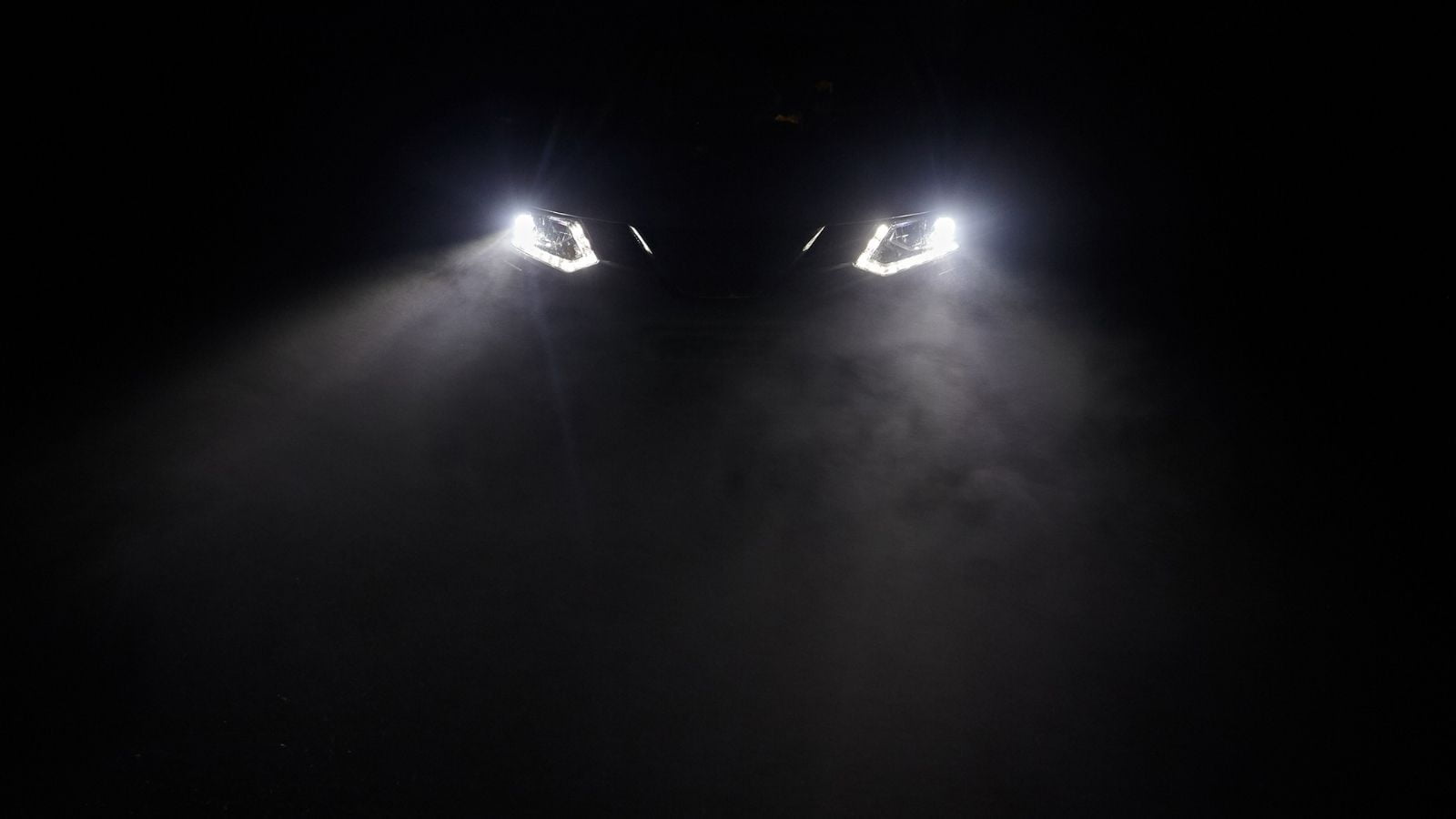
Back when halogen headlights were the norm, fog lights played a crucial role. Standard headlights reflected badly in fog, creating glare and reducing visibility. Fog lights solved this by casting a wide, low beam underneath the fog line. Today, LED and HID headlights are far brighter, cleaner, and more precisely focused. Adaptive LED systems can change their beam shape to spread light lower to the ground, making fog lights redundant. For example, Toyota’s latest RAV4 integrates fog light performance directly into its LED headlamp cluster, while BMW’s Laserlight system adjusts brightness and beam shape automatically in bad weather. In practice, modern headlamps already outperform what traditional fog lights once did.
Integration of Multi Function Lighting
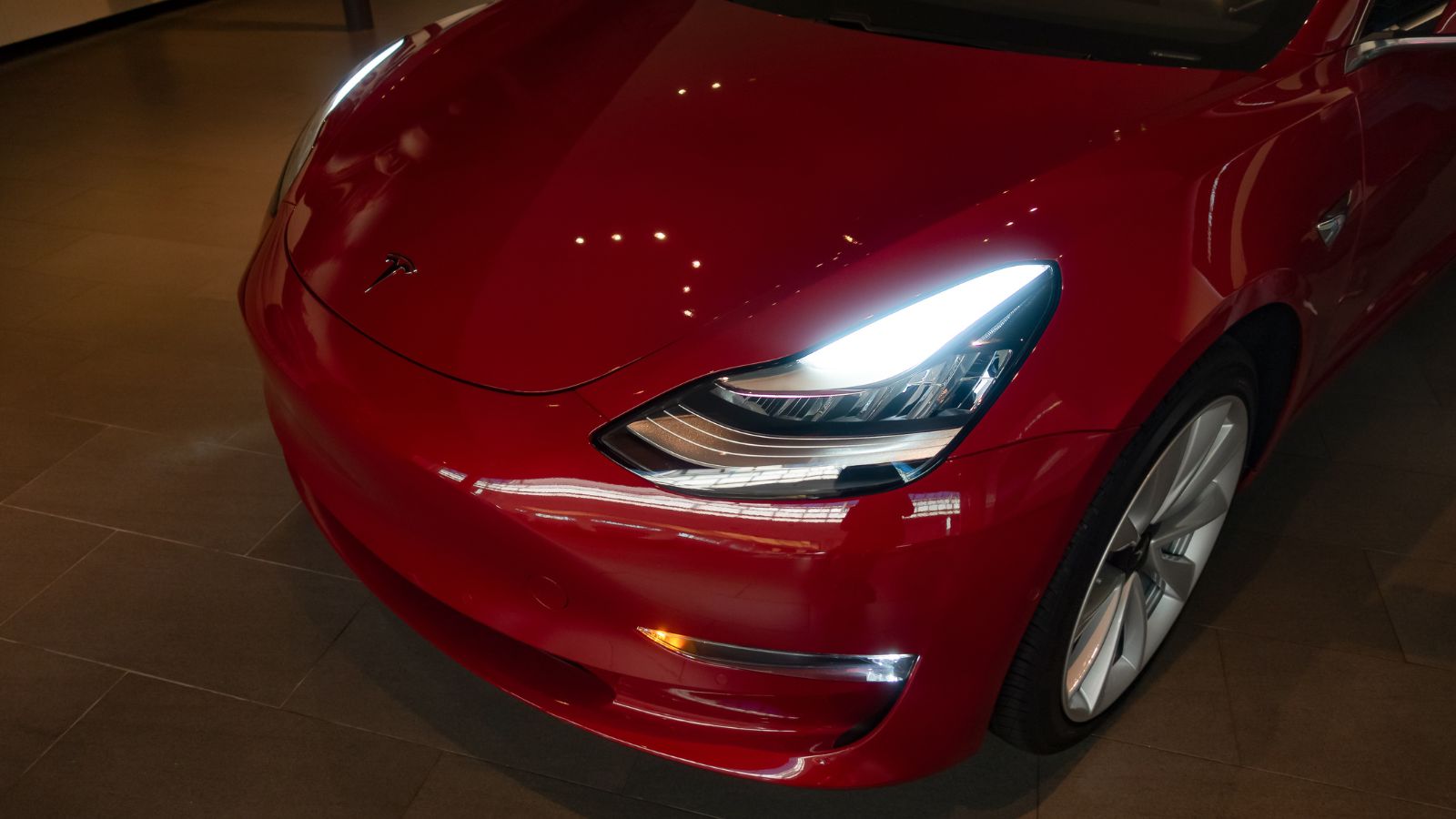
Lighting technology has become multifunctional rather than single purpose. Slim LED units can act as daytime running lights, turn signals, and fog lights depending on how they are programmed. Tesla’s Model 3, for instance, has no dedicated fog lights in the traditional sense but relies on adaptive front lighting that can widen and lower its beam pattern during poor weather. Automakers prefer this integration because it simplifies wiring, reduces weight, and consolidates lighting functions into fewer components.
Cleaner Design Language

Modern car design leans toward clean lines and sharp LED signatures rather than visible add ons. Traditional fog light housings break up this minimalist aesthetic. By incorporating fog light functionality into the primary headlamps, manufacturers can eliminate extra pods from the bumper. Audi was one of the first to do this with its matrix LED technology, which projects fog light style patterns from the main headlights. Mercedes Benz has also dropped standalone fog lamps in favor of sleek LED systems that enhance the brand’s luxury design language.
Cost Savings and Efficiency
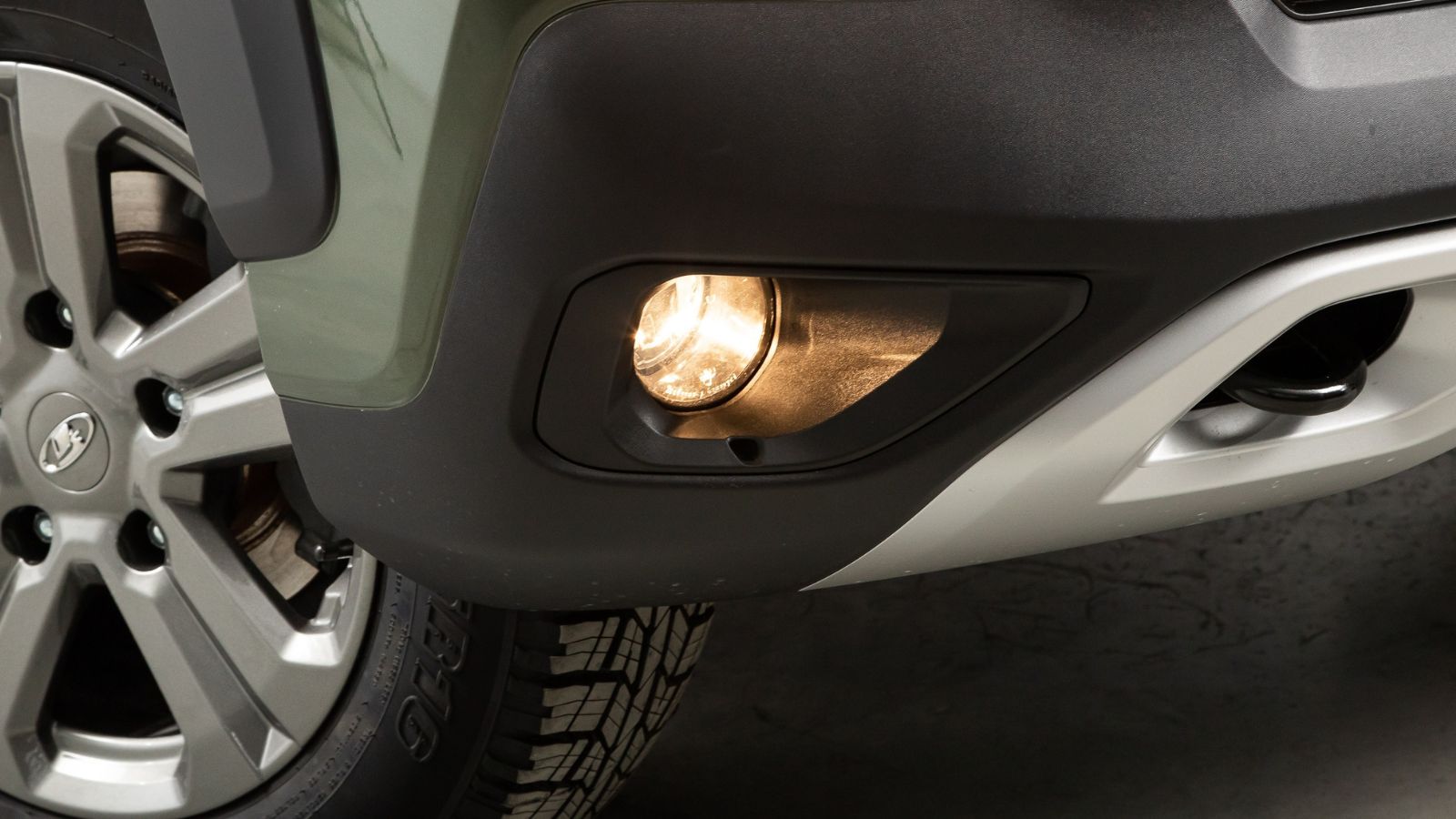
Dedicated fog lights may seem minor, but every separate part adds cost. A fog light requires a housing, bulb, wiring, and a switch, not to mention additional assembly time. By integrating those functions into the headlights, automakers save money on parts and simplify production. Across millions of cars, this adds up to significant savings. For buyers, that money is often reallocated toward other features, such as safety systems or infotainment upgrades. Tesla is a prime example, stripping away fog lights and other traditional features in favor of software based solutions.
Regulatory and Safety Standards
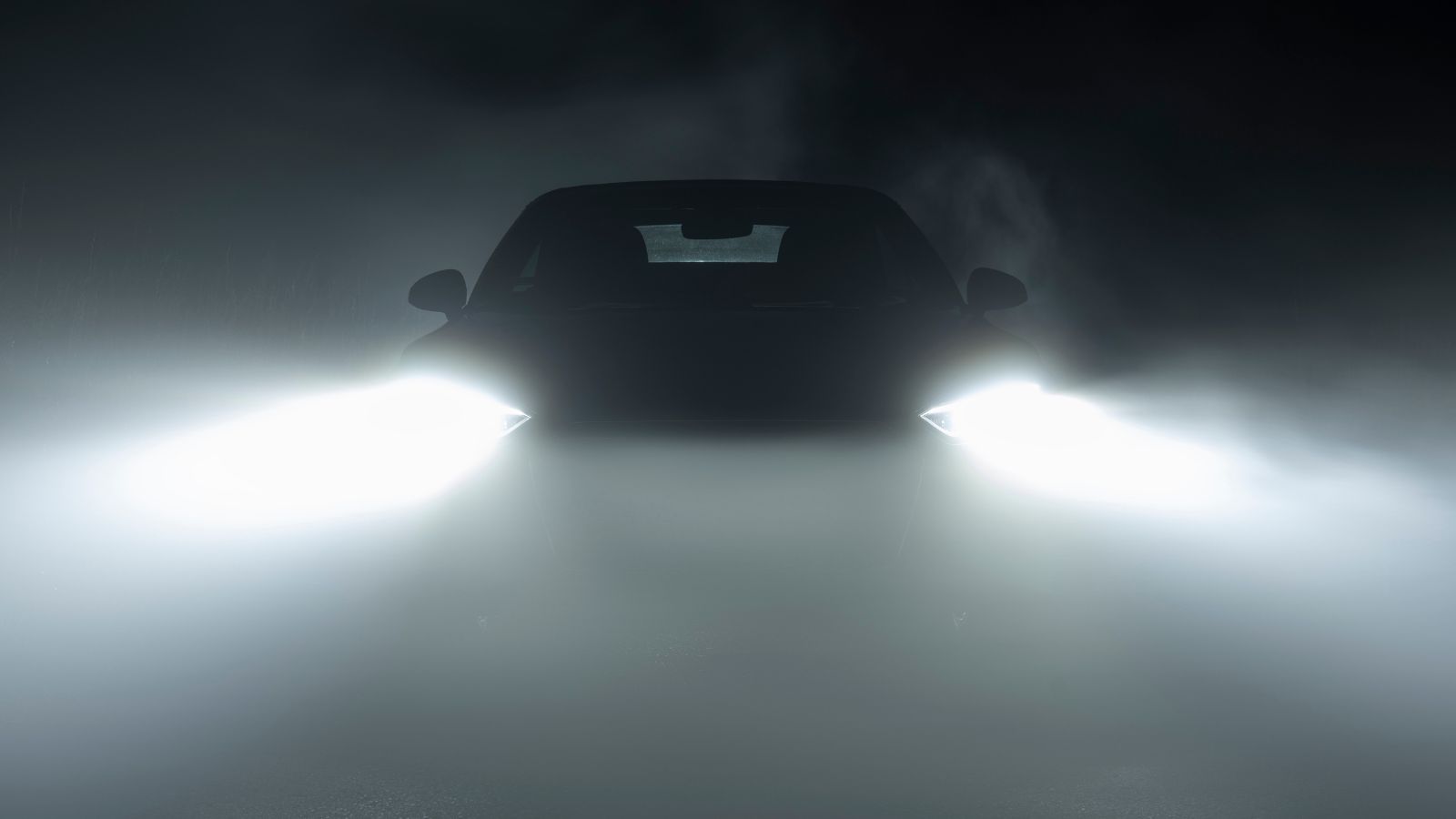
As global regulations on lighting become stricter, automakers are forced to optimize headlight systems to meet performance standards under all conditions. In Europe, UN regulations mandate headlight testing that covers foggy weather scenarios, while in the US, the National Highway Traffic Safety Administration requires headlights to provide consistent illumination in multiple conditions. Adaptive LED and matrix systems can meet or exceed fog light performance while staying fully compliant, so automakers no longer have a legal reason to keep fog lights separate.
Consumer Habits Have Changed
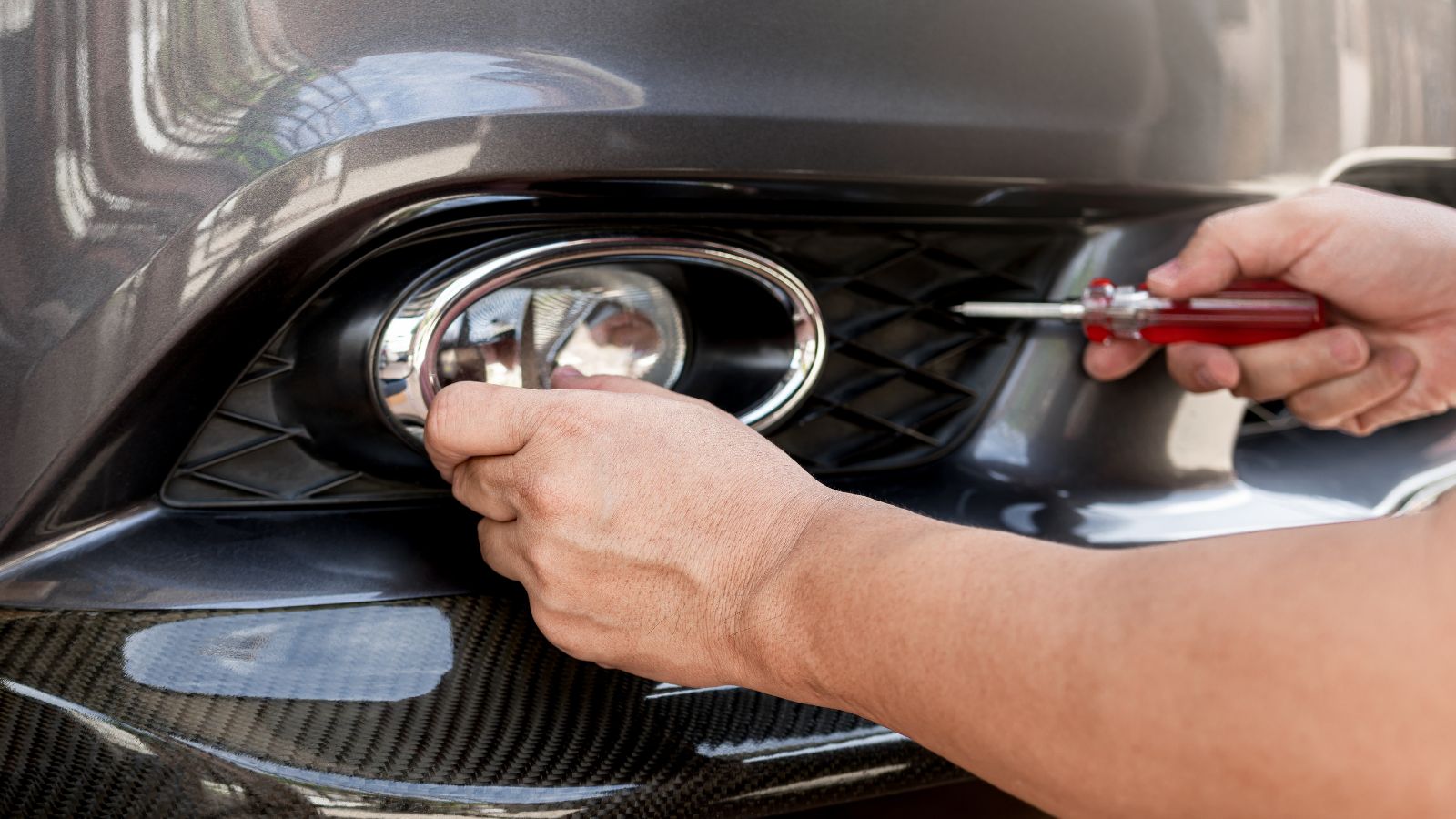
Fog lights were often misunderstood by drivers. Many left them on constantly, using them as extra lights for styling rather than bad weather, which created glare for oncoming traffic. Others rarely touched the fog light switch at all. Automakers realized that fog lights were either underused or misused, so modern vehicles now automatically adjust their lights when needed. Tesla and BMW, for example, program their adaptive lighting systems to lower beams and widen spread in heavy rain or fog, all without driver input.
Automakers Want to Future Proof Their Cars

The move toward electrification and autonomous technology has accelerated the shift away from traditional fog lights. Autonomous vehicles rely on computer controlled lighting systems tied to cameras and sensors. Managing one adaptive lighting package is far easier than juggling separate fog lamps. Honda’s latest Accord demonstrates this approach with automatic lighting adjustments that work seamlessly with its driver assist systems. The industry trend is clear: future vehicles will have software driven, adaptive lighting instead of manual fog lamps.
Comparing Old Fog Lights to Modern Systems
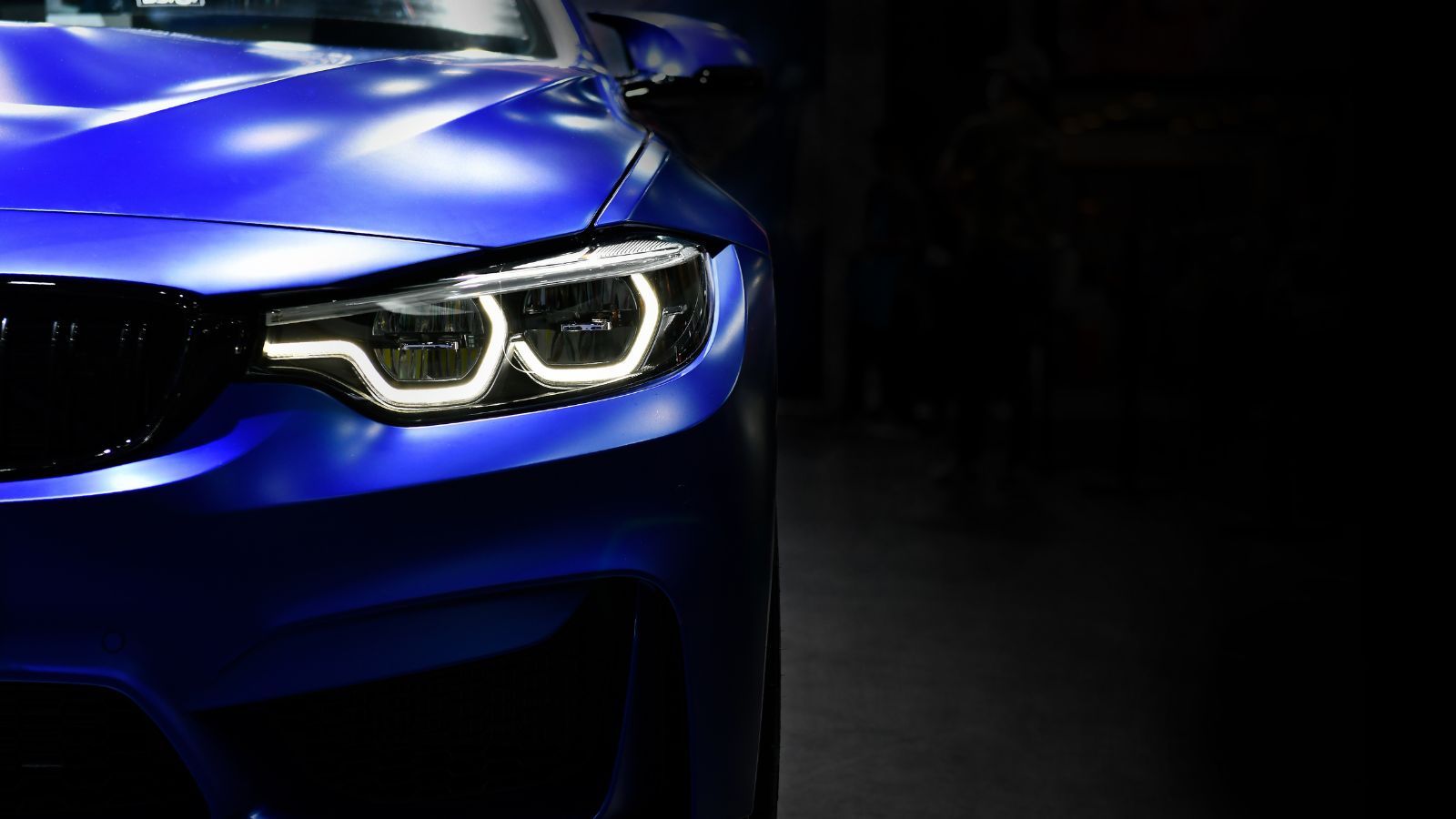
Traditional halogen fog lights produced about 1,200 to 1,500 lumens per lamp with a limited throw. While effective at cutting through fog, they were weak compared to modern LEDs. Today’s adaptive LED headlamps can produce 3,000 lumens or more while precisely shaping the beam to avoid glare. BMW’s Laserlight technology can even adjust intensity by pixel, creating fog patterns more effective than any dedicated halogen fog lamp could. For perspective, a 1990s Honda Accord’s fog lights had a range of about 30 meters, while a 2023 Accord’s adaptive LED system can illuminate 70 meters in foggy conditions without separate lamps.
25 Facts About Car Loans That Most Drivers Don’t Realize

Car loans are one of the most common ways people fund car purchases. Like any other kind of loan, car loans can have certain features that can be regarded as an advantage or a disadvantage to the borrower. Understanding all essential facts about car loans and how they work to ensure that you get the best deal for your financial situation is essential. Here are 25 shocking facts about car loans that most drivers don’t realize:
25 Facts About Car Loans That Most Drivers Don’t Realize
